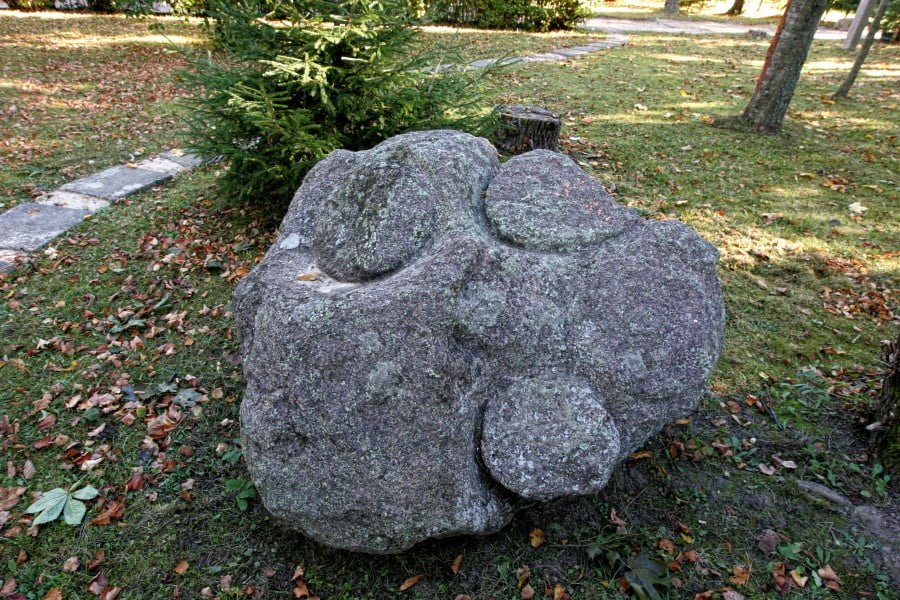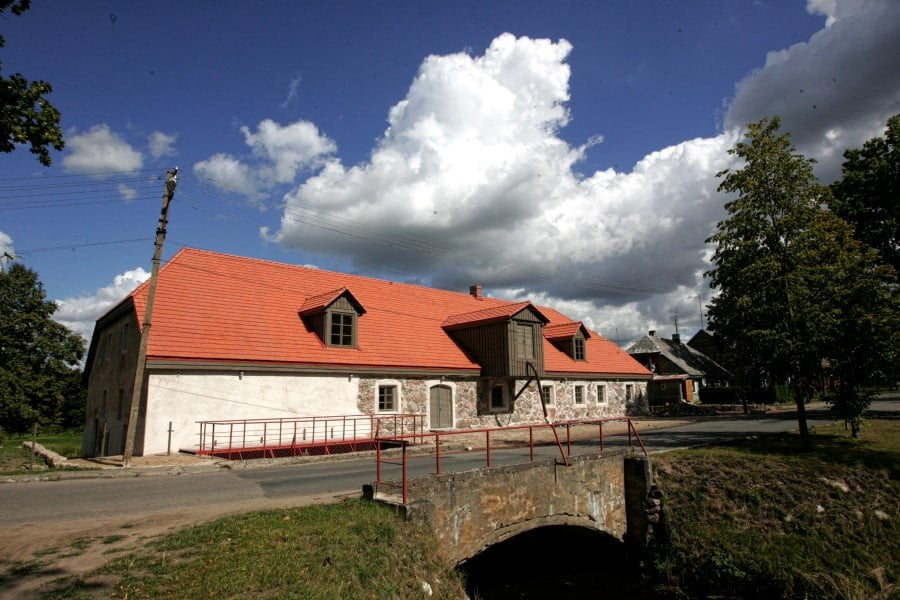





The territory of Mažeikiai is on the periphery of two Baltic peoples, the Lithuanians and the Latvians. In the north, the Mažeikiai district borders with the Republic of Latvia (Saldus district), in the east – with Akmenė district, in the southeast – with Telšiai district, in the southwest – with Plungė district, and in the west – with Skuodas district. The city is the eighth-largest in Lithuania.
![]() The “Orlen Lietuva” oil refinery is in the district, as well as many construction and food-processing companies. The service sector is well-developed, and there are seven hotels as well as a large number of establishments offerin accommodation services to visitors. The Plinkšės and Seda lakes are located in the western part of the district. The residents of Mažeikiai are proud of the Plinkšės, Renavas, and Dautarai manors. The Mažeikiai Museum and its branches acquaint guests with the history of the area. In Renavas, there is an exhibition about manors, and in Viekšniai there is the Museum of the Pharmacy as well as the Museum of the Aviation Pioneer in Lithuania Aleksandras Griškevičius. The residents of Židikai take pride in preserving the legacy of the writer Marija Pečkauskaitė-Šatrijos Ragana, while the residents of Pievėnai preserve the memory of the well-known sculptor Bronius Pundzius. It is thought that Mažeikiai was first mentioned in written sources in the 13th century. In the opinion of some historians, the name is connected with that of the duke Mažeika, whose army was defeated in 1290 by the Livonian Order during the Samogitians’ campaign into Zemgale. In 1332 and 1335, the chroniclers of the Livonian Order, Hermann von Wartberge and Bartholomäus Hoeneke, also mentioned the lands of “the duke Mažeika” which were devastated by the Order’s army. The historian A. Nikžentaitis suggests the citation in the year 1335 as the first mention of the city of Mažeikiai. Until 1794, Mažeikiai was a royal valsčius (administrative unit) and belonged to the Viekšniai eldership. The city began to prosper in 1871, when the Kaišiadorys–Liepoja railway was built. In 1919, having become a county centre and having received the rights of municipal self-government, the city began to grow more rapidly, but its development was interrupted by the Second World War. During the Soviet period, in 1950, Mažeikiai became a district centre. In 1972, with the construction of the oil refinery, the city grew into the largest industrial centre in the Lowlands region. After the restoration of Lithuanian independence and the administrative reform of 1995, Mažeikiai remained a district centre with the rights of a city.
The “Orlen Lietuva” oil refinery is in the district, as well as many construction and food-processing companies. The service sector is well-developed, and there are seven hotels as well as a large number of establishments offerin accommodation services to visitors. The Plinkšės and Seda lakes are located in the western part of the district. The residents of Mažeikiai are proud of the Plinkšės, Renavas, and Dautarai manors. The Mažeikiai Museum and its branches acquaint guests with the history of the area. In Renavas, there is an exhibition about manors, and in Viekšniai there is the Museum of the Pharmacy as well as the Museum of the Aviation Pioneer in Lithuania Aleksandras Griškevičius. The residents of Židikai take pride in preserving the legacy of the writer Marija Pečkauskaitė-Šatrijos Ragana, while the residents of Pievėnai preserve the memory of the well-known sculptor Bronius Pundzius. It is thought that Mažeikiai was first mentioned in written sources in the 13th century. In the opinion of some historians, the name is connected with that of the duke Mažeika, whose army was defeated in 1290 by the Livonian Order during the Samogitians’ campaign into Zemgale. In 1332 and 1335, the chroniclers of the Livonian Order, Hermann von Wartberge and Bartholomäus Hoeneke, also mentioned the lands of “the duke Mažeika” which were devastated by the Order’s army. The historian A. Nikžentaitis suggests the citation in the year 1335 as the first mention of the city of Mažeikiai. Until 1794, Mažeikiai was a royal valsčius (administrative unit) and belonged to the Viekšniai eldership. The city began to prosper in 1871, when the Kaišiadorys–Liepoja railway was built. In 1919, having become a county centre and having received the rights of municipal self-government, the city began to grow more rapidly, but its development was interrupted by the Second World War. During the Soviet period, in 1950, Mažeikiai became a district centre. In 1972, with the construction of the oil refinery, the city grew into the largest industrial centre in the Lowlands region. After the restoration of Lithuanian independence and the administrative reform of 1995, Mažeikiai remained a district centre with the rights of a city.